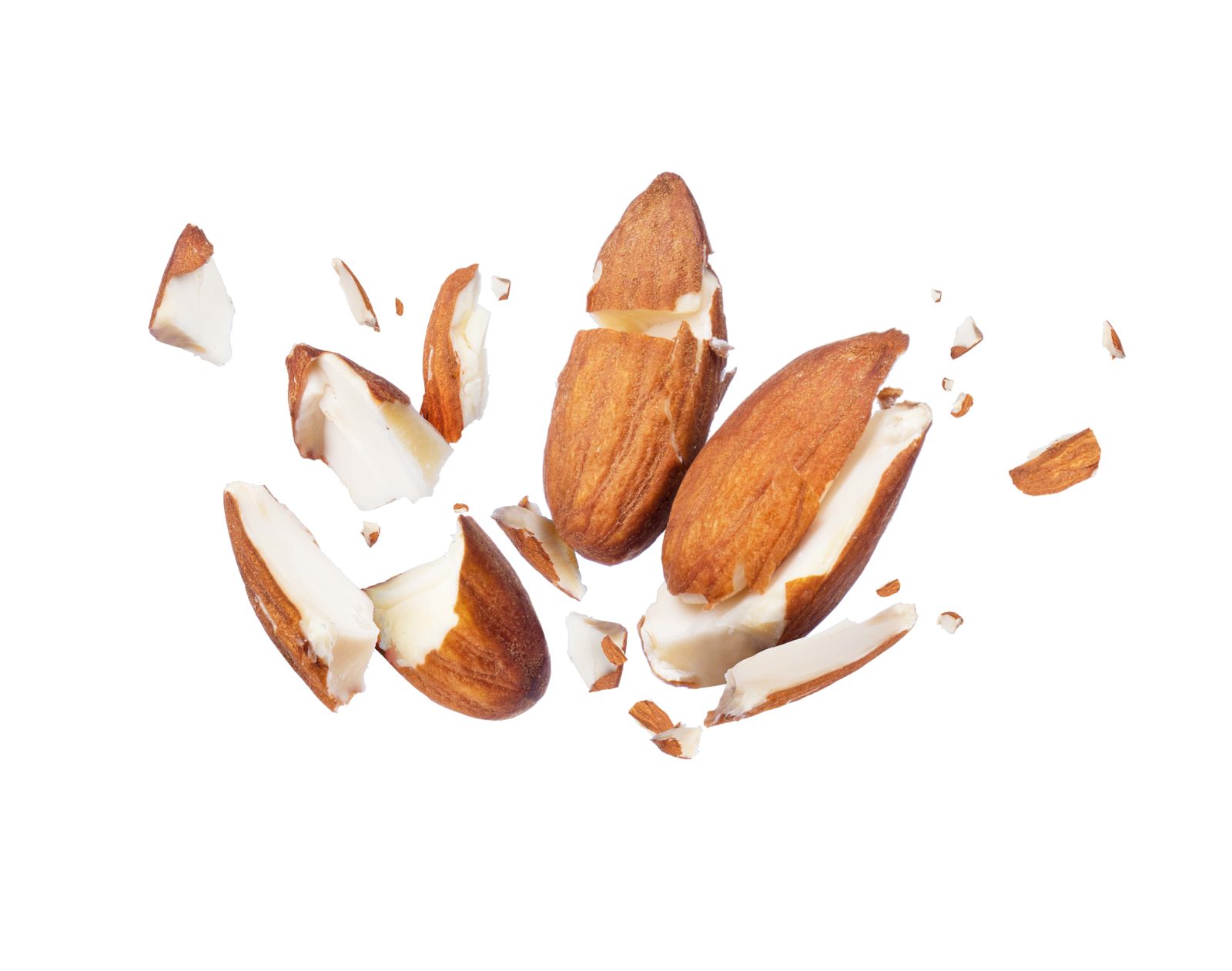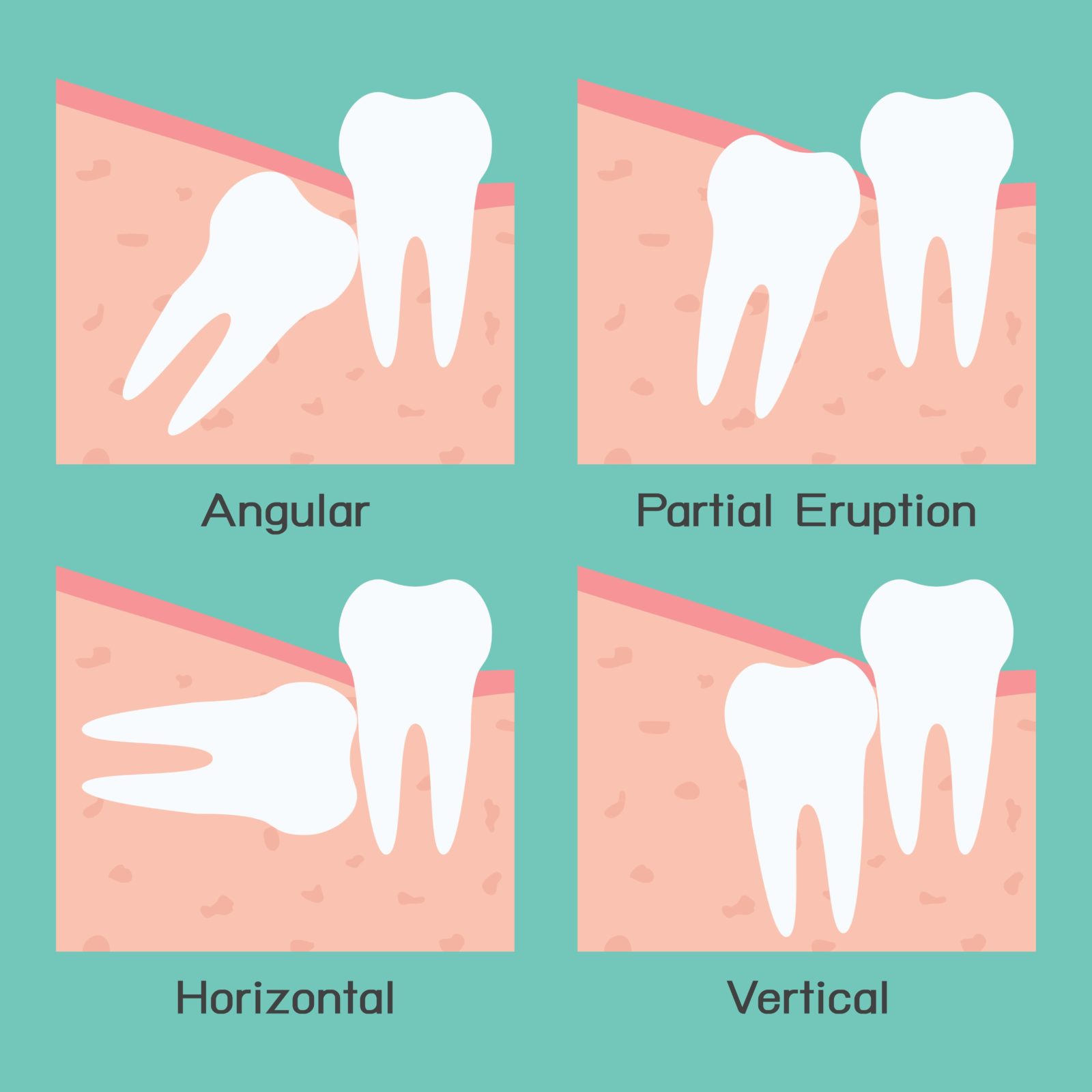During infancy, your child’s primary teeth will start to erupt. This process will continue into their childhood until around the age of 6. Then, around the age of 7, your child will start to lose their primary teeth as their permanent teeth start to erupt. This process can continue into their early teenage years. Even once your child has all of their permanent teeth, there are four additional teeth that may erupt later in life, usually during their late teens or early twenties. These teeth are known as wisdom teeth and despite their name, many people don’t know too much about them. Therefore, we have compiled a list of what you need to know about wisdom teeth:
Wisdom teeth get their name from…
…the fact that they are the third set of molars that erupt during the late teens and early twenties. At this point, the thought is that the individual is “wiser” because of their older age.
They are vestigial structures

Wisdom teeth are vestigial structures, meaning that although they once served a purpose during our evolutionary history, they are no longer essential for survival. In our evolutionary past, humans used to feed on roots, nuts, leaves, and meat that were excessively tough and required extra chewing power. Nowadays, however, cooking has allowed us to make dietary changes that have resulted in softer foods. As a result, our jaws no longer need an additional set of molars to effectively grind down food. Additionally, it is believed that the size of the human brain increased, which leaves less room in the head for the oral cavity. This means that the jaw decreased in size over time so that the third molars no longer fit properly.
Not everyone has wisdom teeth
Since wisdom teeth are considered vestigial structures, some people do not develop wisdom teeth at all. While around 53% of people develop at least one wisdom tooth, not everyone will develop all four wisdom teeth. In fact, it is estimated that around 35% of people are born without any wisdom teeth.
They are not always visible
However, just because you don’t see your teen’s wisdom teeth it doesn’t automatically mean they don’t have any. This is because wisdom teeth often become impacted, or trapped underneath the gum line. A wisdom tooth that is completely impacted will only be visible on a dental x-ray, while a partially impacted tooth may be partially visible above the gum line. In addition to being completely or partially impacted, wisdom teeth may also be classified as: mesial, vertical, horizontal, or distal. Mesial impactions are a type of angular impaction where the tooth is partially impacted and angled towards the front of the mouth. The other type of angular impaction is a distal impaction, where the tooth is partially or fully impacted and angled towards the back of the mouth. A vertical impaction is when the tooth is facing the correct direction, however is unable to erupt. Finally, a horizontal impaction is when the tooth is lying completely horizontally underneath the gums.
Most wisdom teeth are extracted

In most cases, your child’s dentist will recommend extracting an impacted tooth, especially in cases of a mesial, distal, or horizontal impaction. This is because these types of impactions often cause pain, swelling, and possible infection. Not to mention, wisdom teeth usually become impacted as a result of there not being enough space for them to properly erupt into. The exception to this is vertical impactions. In some cases, a vertically impacted tooth may be able to eventually erupt properly without complication. As long as the tooth does not cause problems to the surrounding structures, it can remain in the mouth.
Extractions are performed in our office
Wisdom teeth extractions are a relatively routine procedure that can easily and safely be performed in the comfort of our office. During an extraction, your child will be anesthetized and sedated so that they do not feel pain or anxiety. Then the wisdom teeth will be extracted using either a simple or surgical extraction technique. A simple extraction is when an elevator tool and forceps are used to rock the tooth from the socket, while a surgical extraction is when the dentist must cut into the gums to remove an impacted tooth.






